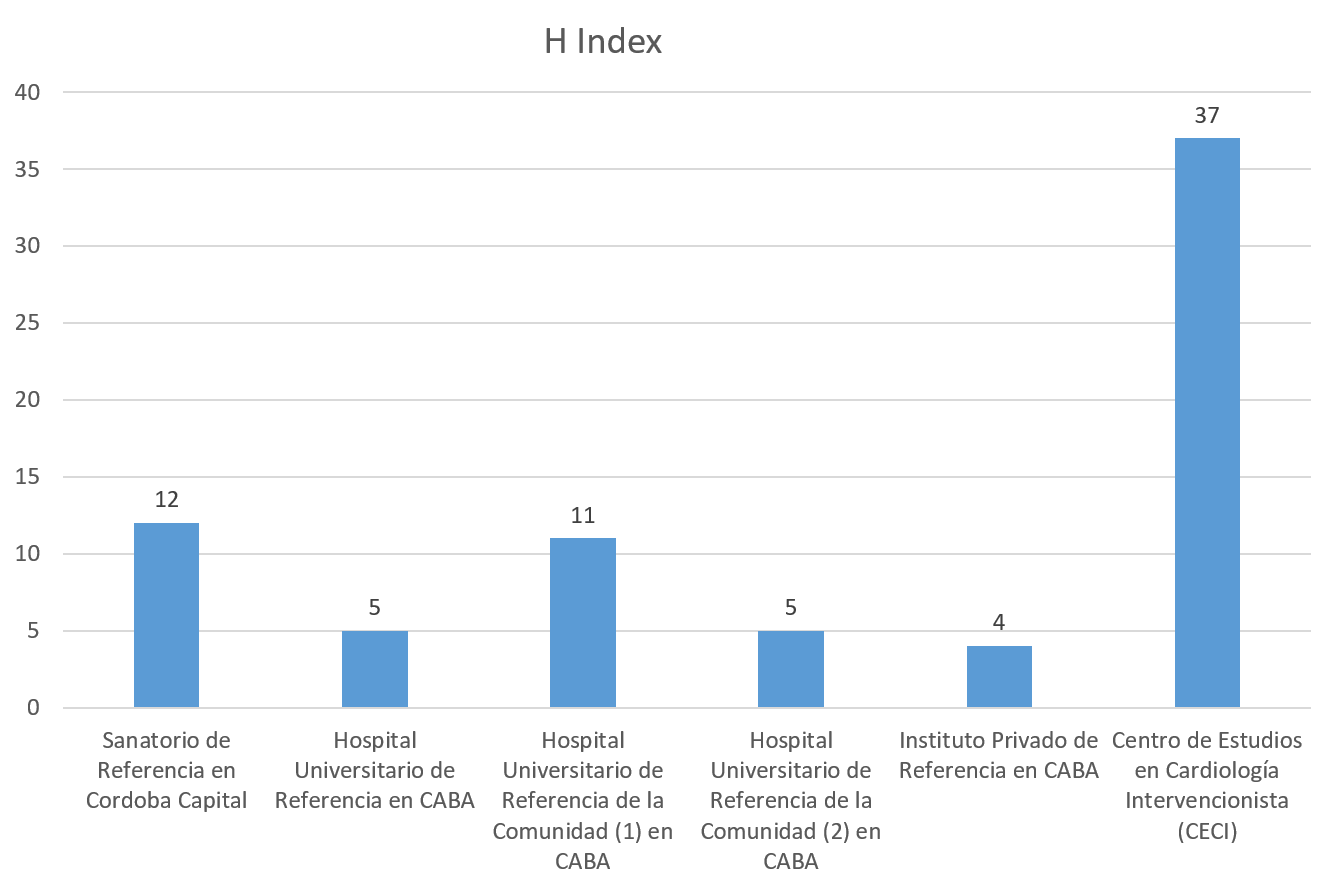La revista The Lancet publicó un extenso metaanálisis de 11 estudios randomizados entre stents(bare metal o farmacológicos) y cirugía de revascularización miocárdica, para pacientes con enfermedad de múltiples vasos y tronco no protegido de CI. Se basó en la base de datos individuales de todos esos estudios randomizados.
La conclusión es que los pacientes tratados con cirugía tienen una significativa mejor sobrevida que los tratados con stents, en relación con la complejidad de las lesiones y la presencia de diabetes. No hubo interacción entre el uso de stents convencionales o farmacológicos.
Los resultados de este importante estudio sobre métodos de revascularización en enfermedad coronaria, el primero que analiza mortalidad, será motivo seguramente de mucha discusión y análisis de subgrupos.
Summary
Background
Numerous randomised trials have compared coronary artery bypass grafting (CABG) with percutaneous coronary intervention (PCI) for patients with coronary artery disease. However, no studies have been powered to detect a difference in mortality between the revascularisation strategies.
Methods
We did a systematic review up to July 19, 2017, to identify randomised clinical trials comparing CABG with PCI using stents. Eligible studies included patients with multivessel or left main coronary artery disease who did not present with acute myocardial infarction, did PCI with stents (bare-metal or drug-eluting), and had more than 1 year of follow-up for all-cause mortality. In a collaborative, pooled analysis of individual patient data from the identified trials, we estimated all-cause mortality up to 5 years using Kaplan-Meier analyses and compared PCI with CABG using a random-effects Cox proportional-hazards model stratified by trial. Consistency of treatment effect was explored in subgroup analyses, with subgroups defined according to baseline clinical and anatomical characteristics.
Findings
We included 11 randomised trials involving 11 518 patients selected by heart teams who were assigned to PCI (n=5753) or to CABG (n=5765). 976 patients died over a mean follow-up of 3·8 years (SD 1·4). Mean Synergy between PCI with Taxus and Cardiac Surgery (SYNTAX) score was 26·0 (SD 9·5), with 1798 (22·1%) of 8138 patients having a SYNTAX score of 33 or higher. 5 year all-cause mortality was 11·2% after PCI and 9·2% after CABG (hazard ratio [HR] 1·20, 95% CI 1·06–1·37; p=0·0038). 5 year all-cause mortality was significantly different between the interventions in patients with multivessel disease (11·5% after PCI vs 8·9% after CABG; HR 1·28, 95% CI 1·09–1·49; p=0·0019), including in those with diabetes (15·5% vs 10·0%; 1·48, 1·19–1·84; p=0·0004), but not in those without diabetes (8·7% vs 8·0%; 1·08, 0·86–1·36; p=0·49). SYNTAX score had a significant effect on the difference between the interventions in multivessel disease. 5 year all-cause mortality was similar between the interventions in patients with left main disease (10·7% after PCI vs 10·5% after CABG; 1·07, 0·87–1·33; p=0·52), regardless of diabetes status and SYNTAX score.
Interpretation
CABG had a mortality benefit over PCI in patients with multivessel disease, particularly those with diabetes and higher coronary complexity. No benefit for CABG over PCI was seen in patients with left main disease. Longer follow-up is needed to better define mortality differences between the revascularisation strategies.
Funding
None.
http://www.thelancet.com/journals/lancet/article/PIIS0140-6736(18)30423-9/fulltext
Read More

